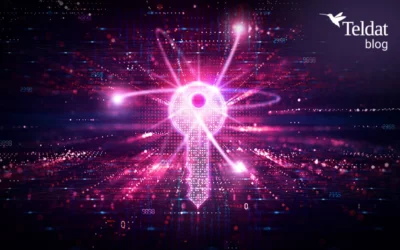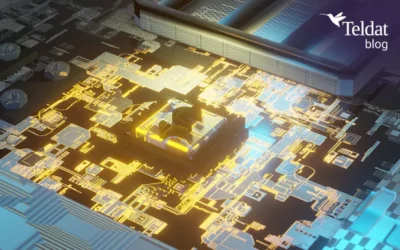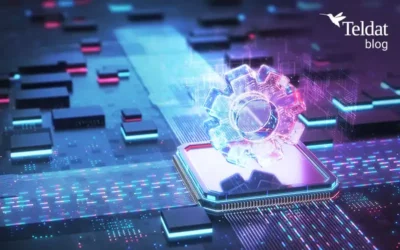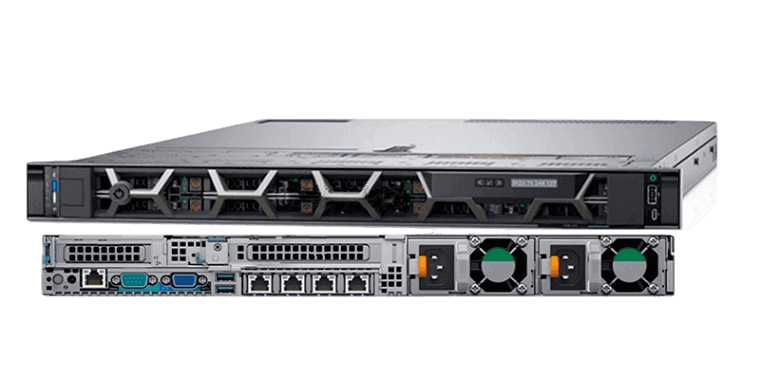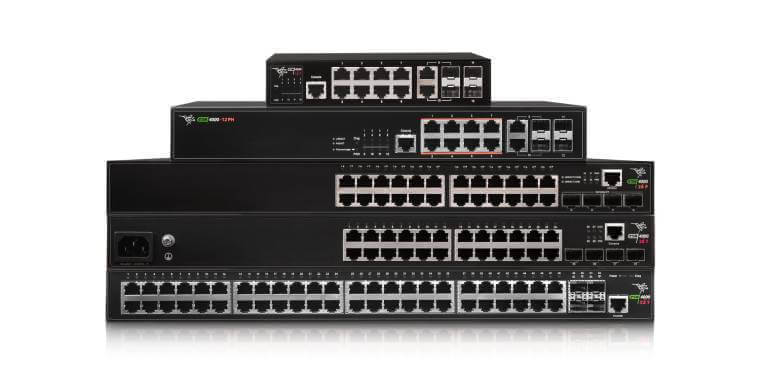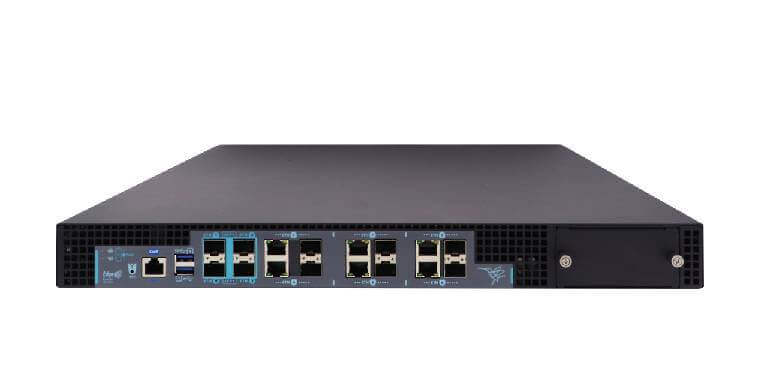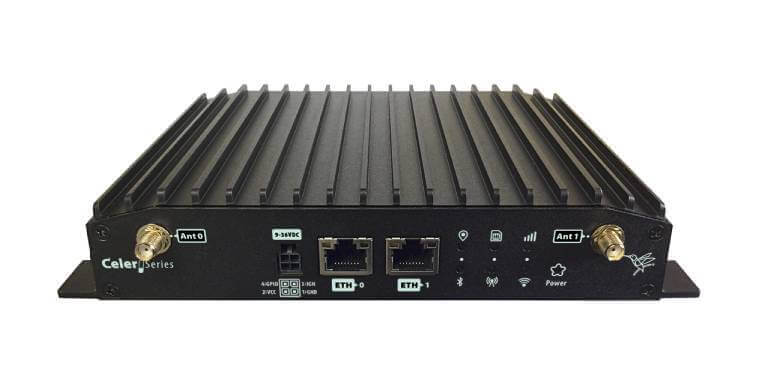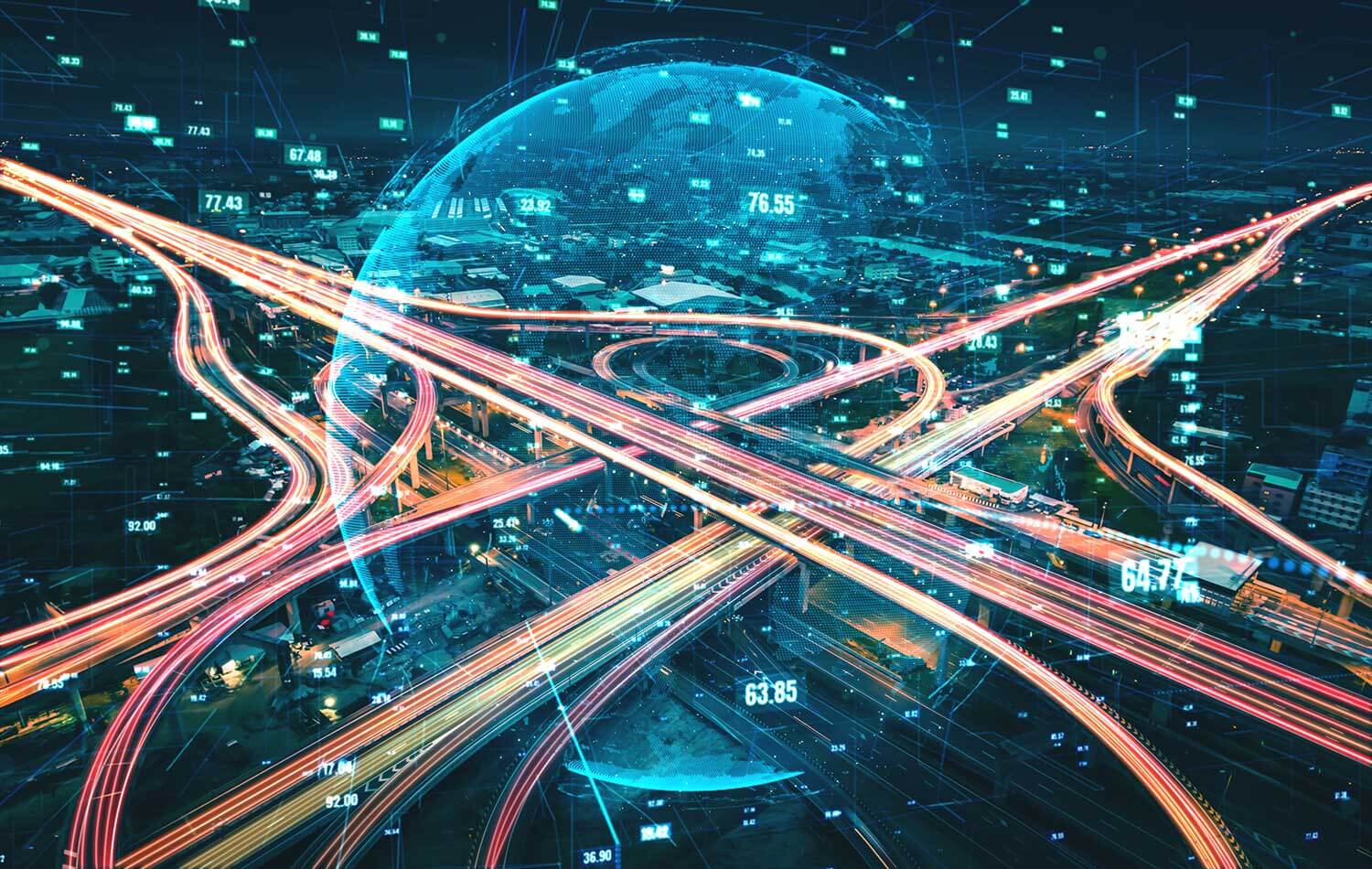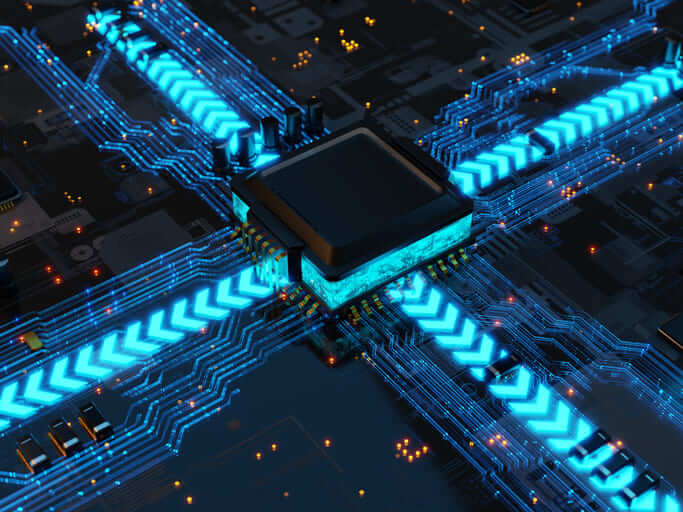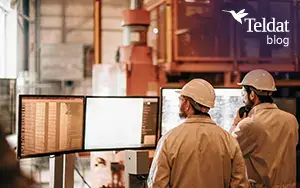 In recent years, industrial environments have undergone significant changes. Industry 4.0 has led to numerous advancements in production and operations, but it has been primarily defined by the emergence of new technologies that were previously absent. Automation and digitalization have created an Internet of Things – IoT ecosystem, where everything is interconnected and online. This new paradigm introduces a challenge that had not been given much attention before: applying cybersecurity to these environments, especially cybersecurity for industry.
In recent years, industrial environments have undergone significant changes. Industry 4.0 has led to numerous advancements in production and operations, but it has been primarily defined by the emergence of new technologies that were previously absent. Automation and digitalization have created an Internet of Things – IoT ecosystem, where everything is interconnected and online. This new paradigm introduces a challenge that had not been given much attention before: applying cybersecurity to these environments, especially cybersecurity for industry.
Critical Infrastructure Industry
Many cyber threats target the industrial sector, but the term “critical infrastructure” becomes particularly significant when referring to parts of the industry that are strategically vital to a nation. This concept was thoroughly explained in a Teldat blog post published this December 2024, which covered the European NIS 2 directive and the types of companies and industrial sectors classified as critical. The blog post outlined the definition of a critical industrial sector, spanning energy, healthcare, water, ICT services, public administrations, and the financial sector. However, it also includes companies providing essential services to businesses within critical industrial sectors.
For companies, it becomes crucial to implement protection measures for all digital assets that underpin production processes. Protection measures that were once exclusive to IT environments are now adapted and developed to safeguard industries and their digital processes against modern cyberattacks.
Who Initiates Cyberattacks? Cyberattacks can originate from various actors, such as cybercriminals or third-party-funded groups with economic motives or hacktivism targeting specific sectors. Geopolitical attacks, including acts of terrorism or nation-targeted assaults, are also prevalent in today’s era of cyber warfare.
How to Protect Industries?
Given the potential impacts, the focus must be on safeguarding the digital processes within the industry. Key aspects include:
- Visibility: This is crucial—one cannot defend against what cannot be seen. Therefore, monitoring activities at every point, identifying communication between devices, and tracking access at each level of the Purdue model are critical for ensuring visibility.
- Inventory Management: Maintaining control over all devices connected to the network is essential. Information about the type of device, operating system, version, and other details will help manage the ecosystem of connected devices.
- Detection: Once visibility and asset control are established, focus shifts to detecting cyberattacks. This involves analyzing threats and understanding the expected behavior of devices. Recognizing deviations from normal behavior facilitates the detection of even Zero-Day attacks.
- Comprehensive Protection: Integrated protection, free from silos, enables rapid response to attacks to minimize their impact. Automation capabilities, countermeasure deployment, and quick interactions from a centralized point are all issues that will allow devices to work cohesively.
Cybersecurity for Industry
It is vital to use cybersecurity products and solutions specifically designed for industry and its technological operations. These products must address the unique needs of industrial environments, with platforms capable of gathering and processing essential information. Furthermore, cybersecurity products tailored to each industry can analyze the behavior of network elements, understanding protocols in use, communication patterns, and operational schedules.
Such capabilities make it easier to detect anomalies, which may signal an attack. However, solutions relying solely on signature-based detection fail to identify anomalies. Effective solutions should also include response capabilities to counter attacks, such as isolating devices or throttling their traffic.
Additionally, modern cybersecurity products for technological operations in industry address compliance with regulations such as sector-specific IEC standards. They also allow for cybersecurity measures tailored to the environment, such as monitoring temperature, humidity ranges, and other conditions using IPXX schemes required by different industries.
At Teldat, we have long provided a product and solution fully adapted to industrial environments. Teldat be.OT offers control over industrial operations with the XDR tool while shielding technological industrial operations with our NGFW.


